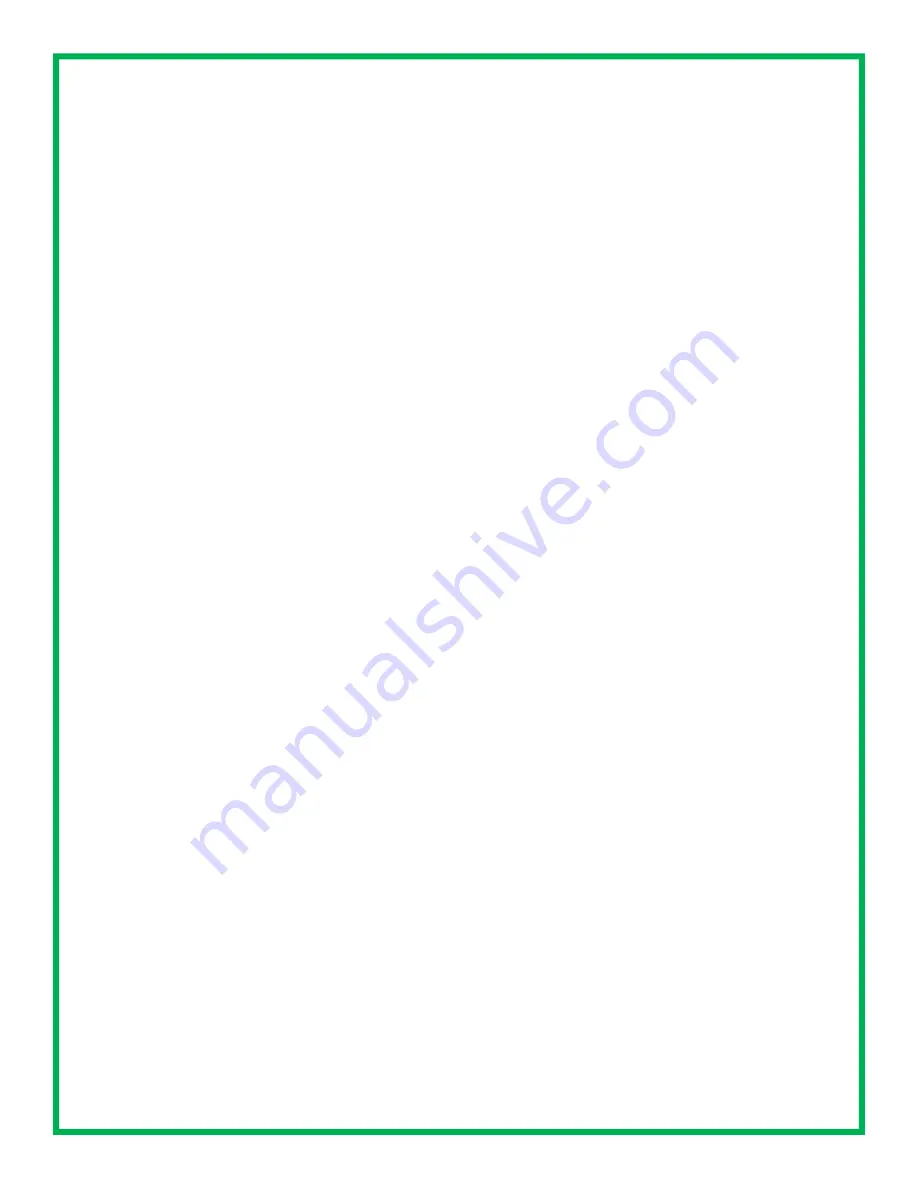
22
FREQUENTLY ASKED QUESTIONS & TROUBLESHOOTING
How much soil should I put in my trays?
You should fill each tray 1/2 to 3/4 full with sterile potting soil. Make sure the soil is well moistened, but not overly muddy or
soupy. See Resources page 24 for some brands we have found to be high quality soils. For seeds with a shorter life cycle
like pea shoots, radishes, wheatgrass (1-2 weeks), 1/2 full is adequate. For seeds with longer life cycles such as basil, ore-
gano, arugula, etc., fill trays 2/3 to 3/4 full.
Why should the seeds be covered with soil at the beginning?
Most seeds like a little darkness while they emerge from their shells. For the best results, sprinkle them with a fine layer of
sifted soil, just enough to cover the seeds. Usually 1 to 1-1/2 cups of sifted soil works. The sifted soil spreads easily and
provides a nice blanket over the seeds for germination so that more seeds sprout and at the same rate.
I ran out of mats and I need to plant now. Is there anything I can do?
In a pinch, place a thick paper towel in the growing flat, and then add the potting soil. The paper towel will keep most dirt and
debris from flowing into the reservoir, while allowing the tray to drain. Two paper towels fit nicely into a 10” x 20” garden flat.
They cannot be used for hydroponic growing, as there is not enough thickness or weight for the roots to grab.
When should I use nutrients?
If you are growing in potting soil, nutrients are not necessary for the first 2-3 weeks—usually the duration of a single growing
cycle. Beyond that, the soil will get depleted and you will need to add nutrients. If growing hydoponically, you will need to add
nutrients from the beginning, since hydroponic media are sterile and contain no nutrients. The cabinet will display total dis-
solved solids (TDS) of the water in the reservoir on the home screen. Note the TDS when you first fill the reservoir and try to
maintain a TDS of 100-250 above that number throughout the growing cycle. As nutrients are added, TDS tends to rise. Too
many total dissolved solids with affect growth and health of the micros. Add 2-3 ounces of nutrients at a time, wait 15
minutes for the TDS to adjust. If TDS gets 250 points above the starting number, empty the reservoir and replace with fresh
water. Add nutrients to the fresh water.
Is the GardenChef pre-programmed?
Yes, the GardenChef is pre-programmed for many seeds with a default for soil growing. There are a few empty positions
open in the menu for adding more seeds and you can erase and replace items in the seed menu. You can also designate
your favorite seeds for frequently used cycles. All of the seed programs are adjustable for light and watering schedules.
How often should maintenance be done?
The cabinet requires frequent monitoring and care. It should be inspected thoroughly and cleaned at least once a month.
The filter needs to be changed regularly. Maintenance may vary with your usage, depending on the number and types of
plants, nutrients, TDS build-up and growing medium (soil vs. hydroponic). Please refer to maintenance and cleaning proce-
dures in this manual.
Does the water reservoir keep itself filled?
Yes. If your GardenChef has been plumbed and hooked up to municipal water supply, then it is pre-programmed to add
water and top off as needed. You can also drain and fill the reservoir using the recycle feature in the program.
What do I do if the reservoir won’t fill or recycle?
Check to ensure that the connection on your city water and drain is open and free of blockage. Check for kinks in the tubing.
The pump may need to be primed. See instructions in this manual for priming the pump.
What if there is no water flowing to a zone?
Make sure not more than two zones are being watered at a time. Only two zones can be watered at one time, so watering
schedules for each zone will be staggered an hour apart, if they are programmed to water at the same time. Check the pro-
grammed schedule to ensure it is not programmed to be OFF. If still no watering, access the reservoir and insure that the
pump is on and primed.
What if there is a weak/no water supply to the drawers during a watering cycle?
It’s likely that the screen over the filter is clogged with debris and needs to be cleaned or the filter needs to be replaced. See
maintenance and cleaning instructions on page 19.
What if the drawers are not draining properly?
Check the drain holes at the back of the drawers and clear them if they are blocked.





















